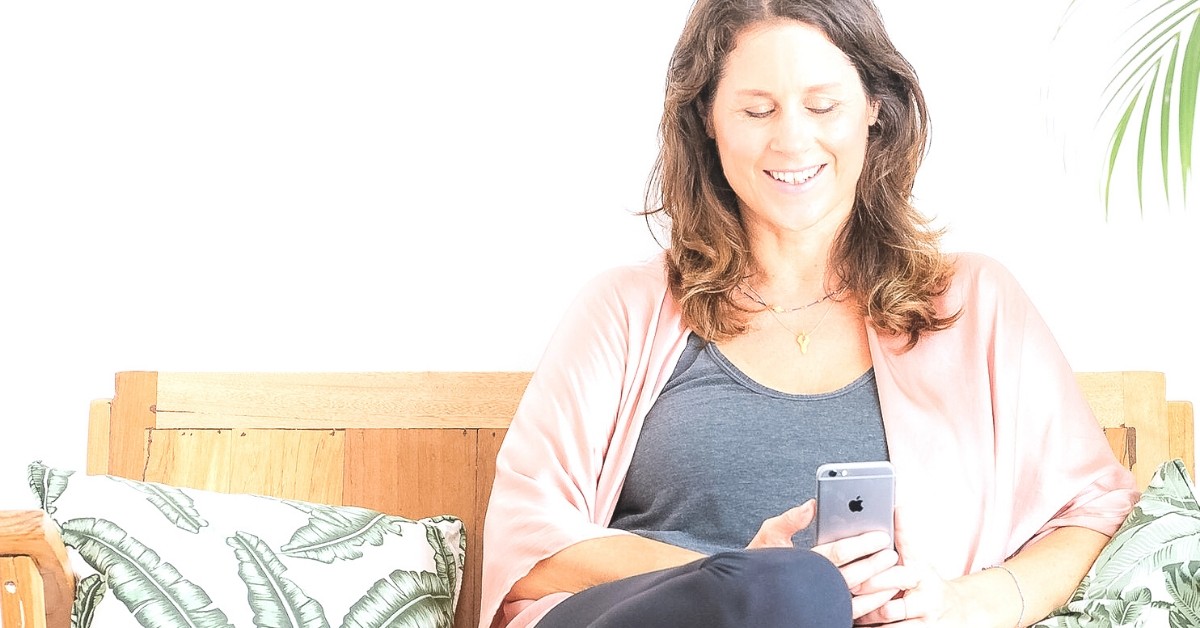If you don’t really know what a sales funnel is, you’re not alone. Simply said, a sales funnel refers to the path customers follow on their way to becoming a customer.
For example in ecommerce. You have a certain amount of people visiting your shop homepage. Then you have less people visiting the product page. Then you have even less people adding the product to their cart. And even less people entering their payment information. And even less people actually clicking buy. Each of these steps is a phase in a sales funnel.
In marketing you look at every step in this funnel and try to improve it. When you lose a lot of people on your sales page, you can test different things to optimize it, like improving the copy, and then see if that actually makes a difference and get more people to click on the add to cart button.
Another way to look at sales funnels is to use them to automatically carry your potential customers through each stage with the help of tools.
This means that you don’t have to watch their progress every minute of the day. The dependability of a sales funnel means that leads don’t slip through the cracks.
If this is all way to theoretical for you, fret not my friend, I have some examples coming up.
Example #1: sales funnel for yoga retreats
To help you sell your yoga retreats, you can set up an automated email sales funnel.
Instead of only adding a “book now” button on your retreat page, give people the option to request a flyer with all the details. You then deliver the flyer as a downloadable PDF, all automated with your email marketing provider.
After your first email with the flyer, you follow up with 3-4 emails where you share more information about the retreat, for example your story and testimonials or a video. This will help to build trust and also, so they don’t forget about your retreat.
What you’re doing here is taking control of the customer journey. You don’t leave it to chance, you don’t leave your potential customers alone after they’ve seen your retreat.
By giving them another option beside the book now button, you give them something that feels easier, they don’t have to commit right away, and they have something to look at, print out, and share with their partner or friend.
And you can then stay in touch and gently guide them by providing additional information that might help them come to a purchasing decision, and make sure they don’t forget about you and your offer.
Example #2: sales funnel to sell private yoga classes
First you create a landing page where you describe your offer and give people the chance to book a call with you through a form.
In your call you find out what they want and uncover what may be stopping them. You address their objections and line out the possible results, before finally making an offer.
You follow up your offer with an email where you outline the details and a link to a payment form so they can take the next step.
I hope these examples made it more understandable, how sales funnel can work.
To get people into your funnel, you want to promote your offer as much as possible. On social media, in your email newsletters, maybe even in Facebook ads.
KEEP LISTENING:
